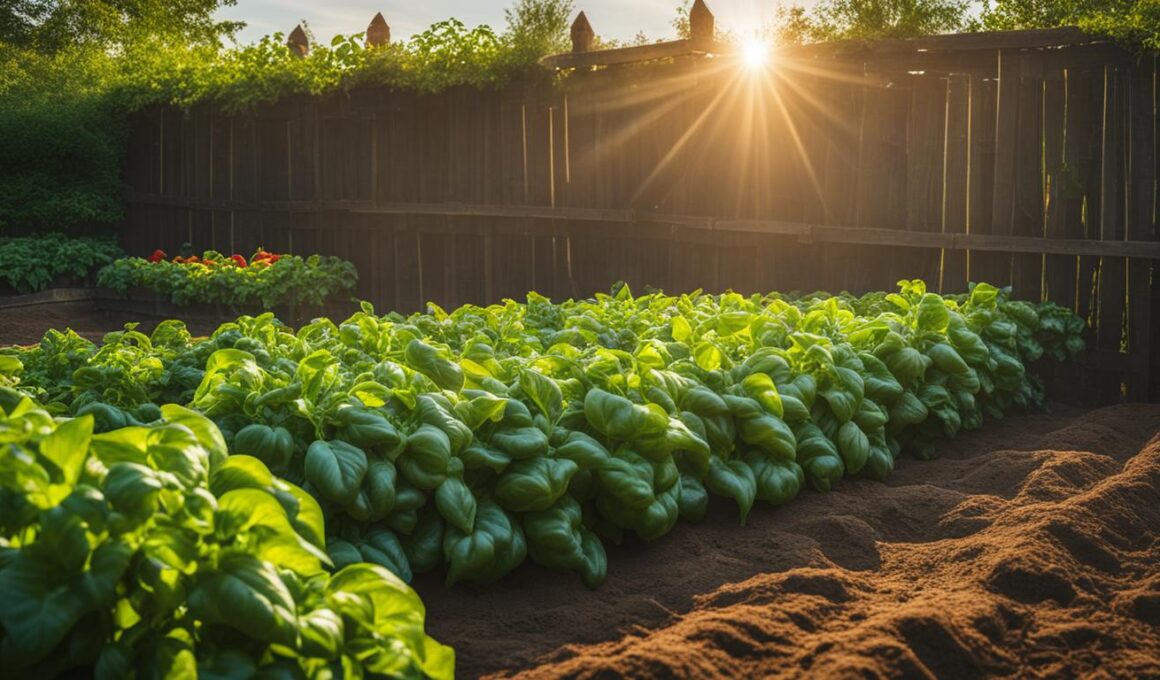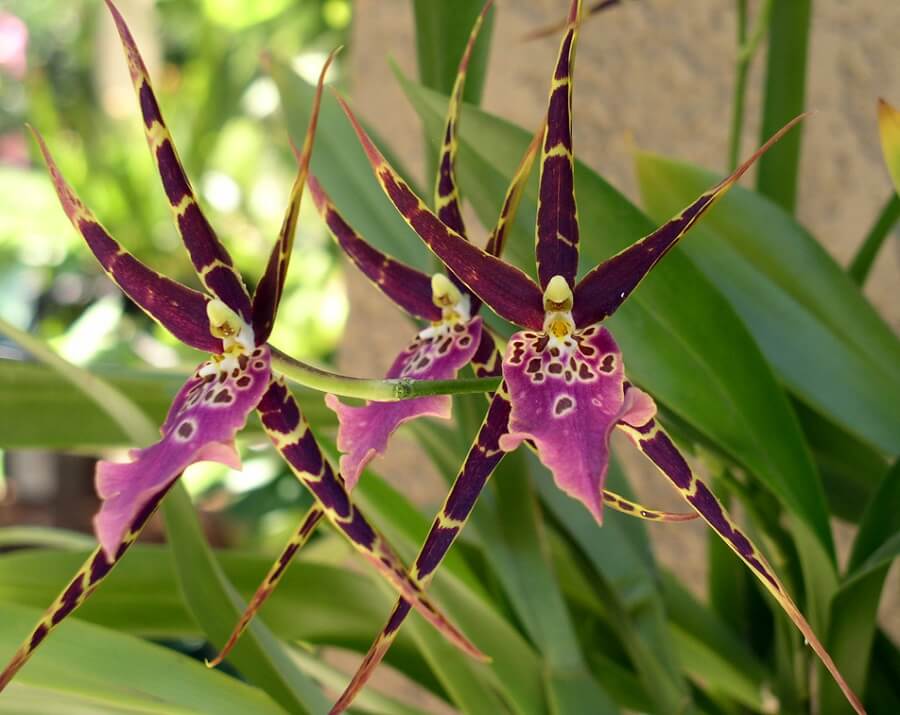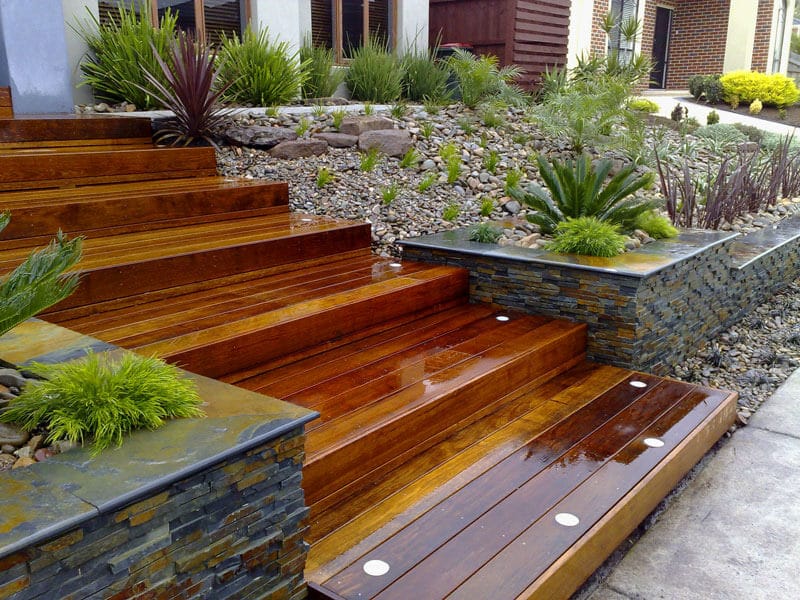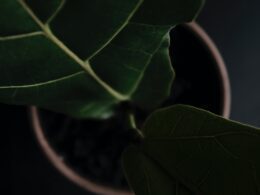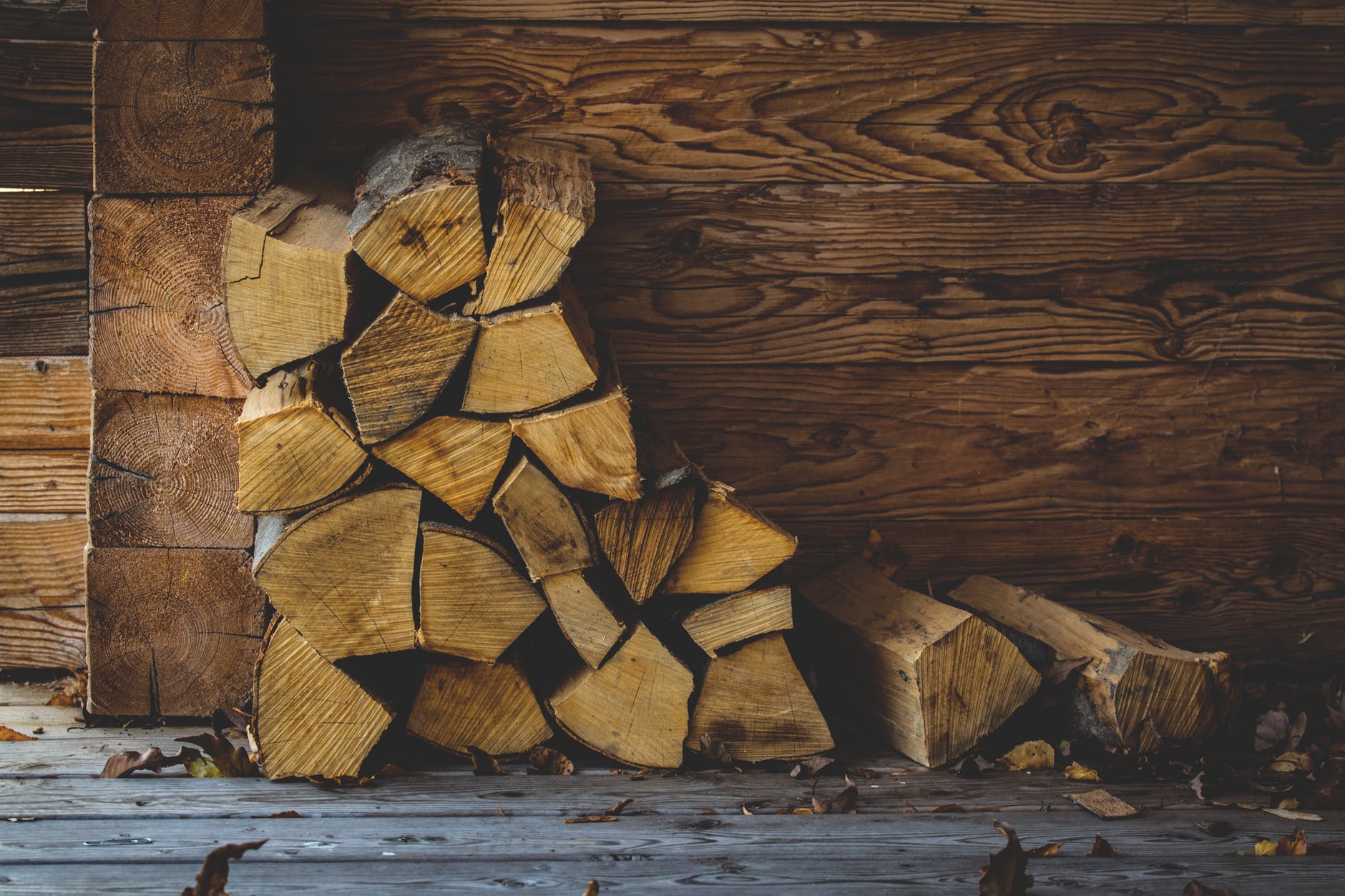Welcome to our guide on growing basil and bell peppers together through companion planting. Cultivating these two plants in harmony can offer a range of benefits, from maximizing garden space to repelling pests and attracting beneficial insects. By following our tips and techniques, you can create a thriving garden with the perfect combination of basil and bell peppers.
Post Summary:- Companion planting basil and bell peppers saves space in the garden.
- Basil repels pests and attracts pollinators, benefiting bell pepper growth.
- Grow basil and bell peppers in separate pots before transplanting into one large pot.
- Provide regular watering, fertilization, and ample sunlight for successful growth.
- Harvest basil leaves by cutting them off at the stem and pick bell peppers when ripe.
Benefits of Companion Planting Basil and Bell Peppers
Companion planting basil and bell peppers offers a range of benefits that can enhance your gardening experience. By combining these two plants, you can create a garden ecosystem that is beneficial for both plants’ growth and productivity.
Pest Deterrence and Pollinator Attraction
Basil acts as a natural pest repellent, deterring common garden pests such as aphids, whiteflies, and spider mites. By interplanting basil with bell peppers, you can help protect the bell pepper plants from these destructive insects. Additionally, basil is known for attracting pollinators like bees and butterflies. These pollinators play a crucial role in the fertilization of bell pepper flowers, resulting in better fruit set and higher yields.
Mutual Growth Promotion
When basil and bell peppers are planted together, basil releases a compound called methyl eugenol. This compound helps stimulate the growth of bell peppers and can significantly improve their overall yield. By harnessing the power of companion planting, you can create a mutually beneficial environment where both plants thrive and support each other’s growth.
Space Optimization and Variety
One of the advantages of growing basil and bell peppers together is the efficient use of garden space. Instead of dedicating separate areas for each plant, you can maximize your available planting area by interplanting them. This not only saves space but also adds variety to your harvest. The lush green foliage of basil contrasts beautifully with the vibrant colors of bell peppers, creating an aesthetically pleasing and diverse garden.
| Benefits of Companion Planting Basil and Bell Peppers |
|---|
| Pest Deterrence and Pollinator Attraction |
| Mutual Growth Promotion |
| Space Optimization and Variety |
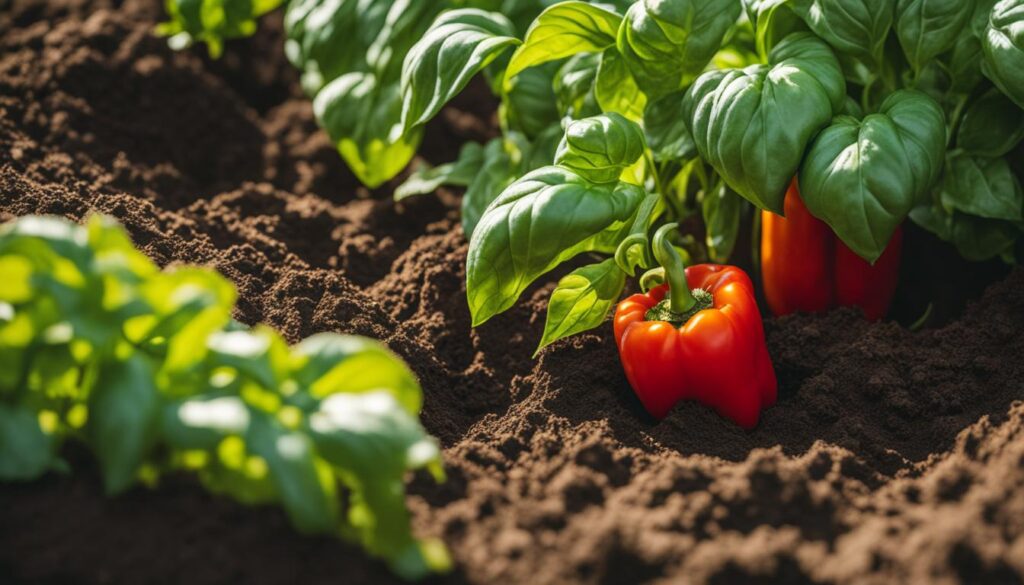
“By combining basil and bell peppers in your garden, you create a harmonious partnership that not only helps with pest control but also promotes the growth and productivity of both plants. Plus, the added benefit of space optimization and variety makes this companion planting strategy a win-win for any gardener.” – Gardening Enthusiast
How to Grow Basil and Bell Peppers Together
When it comes to growing basil and bell peppers together, there are a few key tips to keep in mind. By following these guidelines, you can ensure that both plants thrive and yield a bountiful harvest.
First, start by planting basil and bell pepper seeds in separate pots. This will allow each plant to establish its roots before being transplanted into a larger container or garden bed. Choose a pot or bed that provides ample space for the roots to spread out and grow.
Next, it’s important to provide regular watering for both basil and bell peppers. Keep the soil moist but not waterlogged, as too much moisture can lead to root rot. Fertilize the plants every few weeks to provide the necessary nutrients for healthy growth.
Lastly, make sure to place the basil and bell peppers in a sunny spot where they can receive at least six to eight hours of direct sunlight per day. This will help promote optimal growth and ensure that both plants produce abundant leaves and fruits.
Tips for Growing Basil and Bell Peppers Together:
- Plant seeds in separate pots and transplant when roots have established
- Provide regular watering and fertilization
- Place in a sunny location with at least six to eight hours of direct sunlight per day
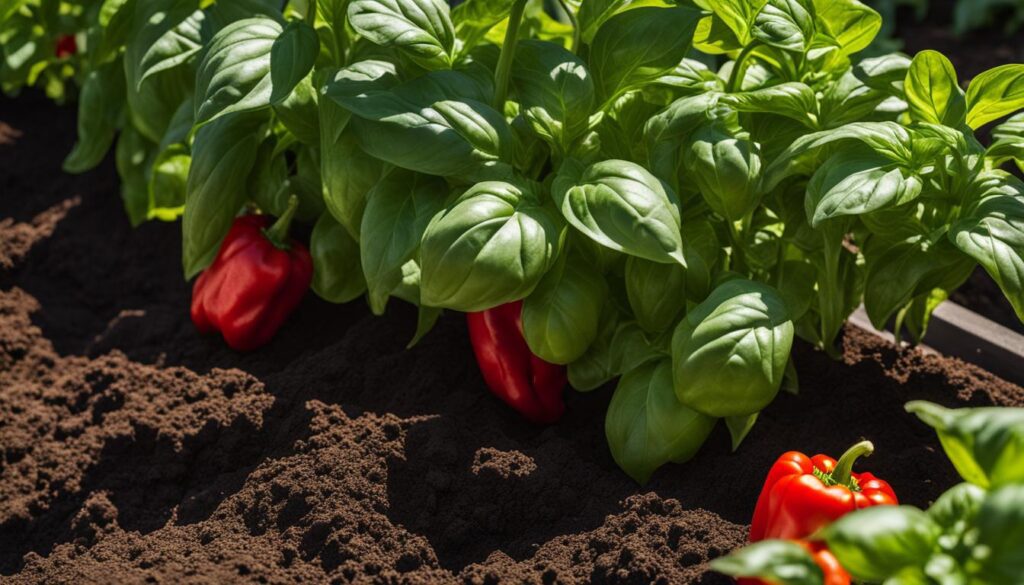
| Basil | Bell Peppers |
|---|---|
| Plant basil seeds indoors 6-8 weeks before the last frost date | Start bell pepper seeds indoors 8-10 weeks before the last frost date |
| Transplant basil seedlings into a larger container or garden bed once they have 4-6 leaves | Transplant bell pepper seedlings into a larger container or garden bed once they have 4-6 leaves |
| Space basil plants 12-18 inches apart | Space bell pepper plants 18-24 inches apart |
| Water basil plants deeply once a week | Water bell pepper plants deeply once a week |
| Fertilize basil plants every 4-6 weeks | Fertilize bell pepper plants every 4-6 weeks |
| Harvest basil leaves when they are large enough to use | Harvest bell peppers when they have reached the desired color and size |
Harvesting Tips for Basil and Bell Peppers
Knowing when to harvest basil and bell peppers is crucial for getting the most flavor and nutrients from your plants. Here are some tips to help you determine the best time to harvest:
Harvesting Basil:
- Start harvesting basil leaves when the plant has grown to a height of about 6-8 inches.
- Look for leaves that are vibrant green and fully developed.
- Harvest basil in the morning when the essential oils are at their peak, providing the best flavor.
- To harvest, simply pinch off the individual leaves at the stem, or cut a few inches above the soil for a larger harvest.
- Regularly harvesting basil encourages the plant to produce more leaves and prevents it from flowering too early.
Harvesting Bell Peppers:
- The timing of bell pepper harvest depends on the desired color and ripeness. Green bell peppers can be harvested when they reach full size, typically around 60 to 90 days after planting.
- If you prefer colored bell peppers, such as red, orange, or yellow, allow them to fully ripen on the plant. They will turn sweeter and develop a richer flavor.
- Harvest bell peppers by cutting them off the plant using a sharp knife or scissors. Leave a short stem attached to the pepper.
- For continued production, regularly harvest mature bell peppers to encourage the growth of new fruits.
By following these harvesting tips, you can ensure that your basil leaves and bell peppers are picked at the perfect time for maximum flavor and enjoyment. Now that you know when to harvest, you can look forward to savoring the delicious results of your gardening efforts!
| Plant | Best Time to Harvest |
|---|---|
| Basil | When the plant is 6-8 inches tall and leaves are fully developed |
| Bell Peppers | Green: When they reach full size (60-90 days after planting) Colored: When fully ripened on the plant |
Tips for Success in Growing Basil and Bell Peppers Together
Companion planting basil and bell peppers can be a rewarding gardening practice, but it requires some care and attention to ensure success. Here are some tips to help you achieve a thriving partnership between these two plants:
Provide Adequate Space
When growing basil and bell peppers together, it’s important to give each plant enough room to grow and spread their roots. Plant them in separate pots at first, and once they have germinated, transplant them into a larger pot. This will prevent overcrowding and allow the plants to access the nutrients and water they need.
Water and Fertilize Regularly
Basil and bell peppers both require regular watering to thrive. Keep the soil consistently moist but not waterlogged. Avoid letting the soil dry out completely, as this can hinder growth. Additionally, fertilize the plants every few weeks with a balanced organic fertilizer to provide them with essential nutrients.
Choose a Sunny Location
Basil and bell peppers thrive in full sunlight, so choose a sunny spot in your garden or balcony for optimal growth. These plants require at least six to eight hours of direct sunlight per day. Ensure they are not shaded by other plants or structures, as this can affect their growth and productivity.
Harvesting Tips
To harvest basil, simply cut the leaves off at the stem using sharp scissors or pruning shears. This will encourage the plant to continue producing new foliage. For bell peppers, wait until they have reached the desired color and size, then cut them off the plant using a sharp knife or scissors. Harvesting regularly will promote the growth of new fruits.
By following these tips and providing the right care, you can successfully grow basil and bell peppers together and enjoy a bountiful harvest of flavorful herbs and vegetables.
| Companion Planting Considerations | Basil | Bell Peppers |
|---|---|---|
| Pest Repellent | Repels aphids, whiteflies, spider mites | N/A |
| Pollinator Attraction | Attracts bees and butterflies | N/A |
| Growth Promotion | Releases a compound that boosts bell pepper growth | Boosts yield when grown with basil |
| Space Optimization | N/A | Can be grown in smaller spaces due to vertical growth habit |
| Harvest Pairing | Fresh or dried leaves for culinary use | Harvest bell peppers when ripe and desired color |
Can Nasturtiums and Bell Peppers be Grown Together?
Yes, it is possible to grow nasturtiums and basil together. These two plants complement each other well, as nasturtiums act as natural pest repellents and basil enhances the flavor of neighboring plants. Moreover, both nasturtiums and basil thrive in similar growing conditions, making them compatible companions in the garden.
Conclusion
Growing basil and bell peppers together through companion planting offers a range of benefits for successful gardening. By combining these two plants, you can optimize your garden space, deter pests, attract beneficial insects, and provide shade and wind protection. This perfect partnership creates an ideal environment for a bountiful and flavorful harvest.
Companion planting basil and bell peppers has numerous advantages. Basil acts as a natural pest repellent, keeping aphids, whiteflies, and spider mites at bay. It also attracts pollinators like bees and butterflies, ensuring the successful reproduction of bell peppers. Additionally, basil releases a growth-promoting compound that enhances the overall yield of bell peppers.
To achieve successful growth, start by planting basil and bell pepper seeds in separate pots and later transplant them into a larger pot. Allow ample space for their roots to spread out, and make sure to water the plants regularly and fertilize them every few weeks. Choose a sunny spot in your garden where they can receive at least six to eight hours of direct sunlight per day. Harvest basil leaves by cutting them off at the stem, and pick bell peppers when they reach the desired color.
Unlock your garden’s potential by harnessing the benefits of companion planting with basil and bell peppers. Follow these tips and techniques, and you’ll be rewarded with a healthy and thriving garden. Enjoy the abundance of fresh basil and bell peppers, and savor the flavors of a successful gardening journey!
FAQ
How do I start growing basil and bell peppers together?
Start by planting basil and bell pepper seeds in separate pots and then transplant them into one large pot once they have germinated.
What care do basil and bell peppers need?
Water the plants regularly, fertilize every few weeks, and place them in a sunny spot where they can receive at least six to eight hours of direct sunlight per day.
When can I harvest basil and bell peppers?
Basil leaves can be harvested once they have reached maturity. Cut the leaves off at the stem. Bell peppers can be harvested when they have reached the desired color.
Is it necessary to provide space for their roots to spread out?
Yes, it is important to give each plant enough room to grow and spread their roots.
How can companion planting benefit basil and bell peppers?
Companion planting basil and bell peppers can maximize garden space, repel pests, attract beneficial insects, and provide shade and wind protection. It can also improve the growth and yield of bell peppers.
Can I use the harvested basil and bell peppers immediately?
Yes, the basil leaves can be used fresh or dried for later use. Bell peppers can be used fresh in salads or cooked in various dishes.
What are some tips for successful companion planting?
To ensure successful growth, start by planting the seeds in separate pots and then transplant them into one large pot. Provide regular watering, fertilization every few weeks, and place the plants in a sunny location.





